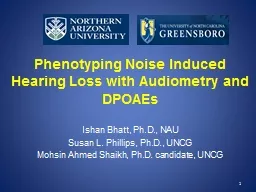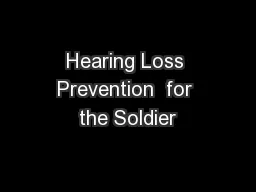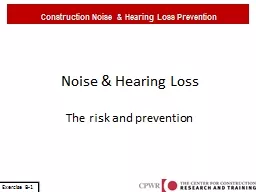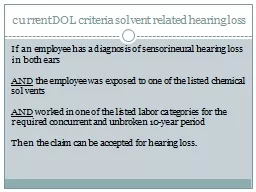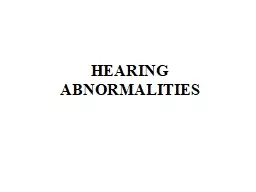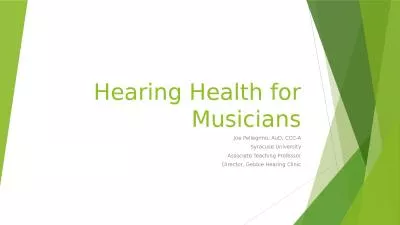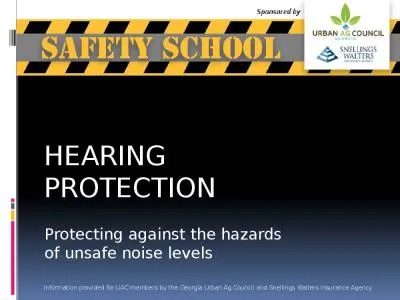PPT-Phenotyping Noise Induced Hearing Loss with Audiometry and DPOAEs
Author : sherrill-nordquist | Published Date : 2020-04-02
Ishan Bhatt PhD NAU Susan L Phillips PhD UNCG Mohsin Ahmed Shaikh PhD candidate UNCG 1 Disclosure Dr Susan Phillips Mr Mohsin Ahmed Shaikh and I have no relevant
Presentation Embed Code
Download Presentation
Download Presentation The PPT/PDF document " Phenotyping Noise Induced Hearing Loss..." is the property of its rightful owner. Permission is granted to download and print the materials on this website for personal, non-commercial use only, and to display it on your personal computer provided you do not modify the materials and that you retain all copyright notices contained in the materials. By downloading content from our website, you accept the terms of this agreement.
Phenotyping Noise Induced Hearing Loss with Audiometry and DPOAEs : Transcript
Download Rules Of Document
" Phenotyping Noise Induced Hearing Loss with Audiometry and DPOAEs "The content belongs to its owner. You may download and print it for personal use, without modification, and keep all copyright notices. By downloading, you agree to these terms.
Related Documents

